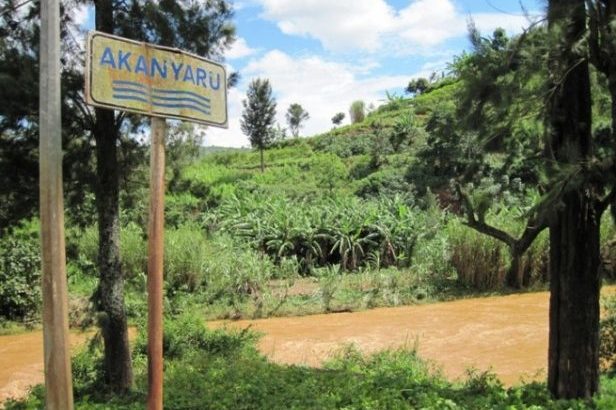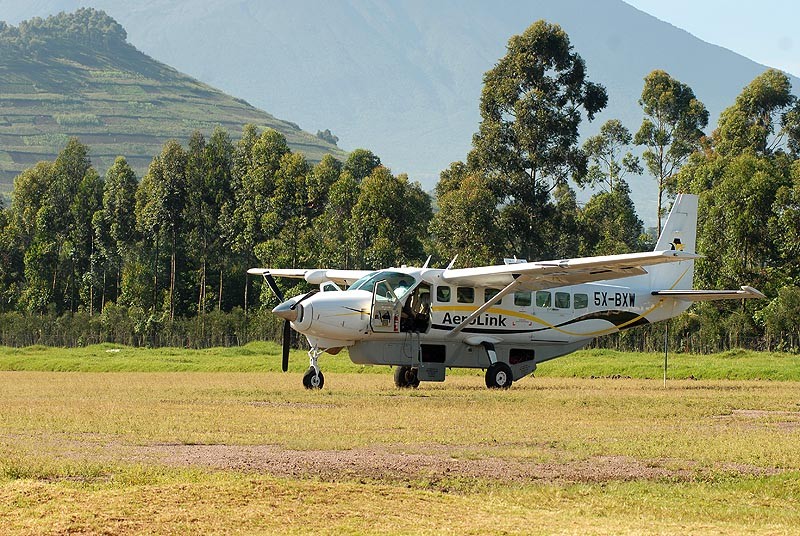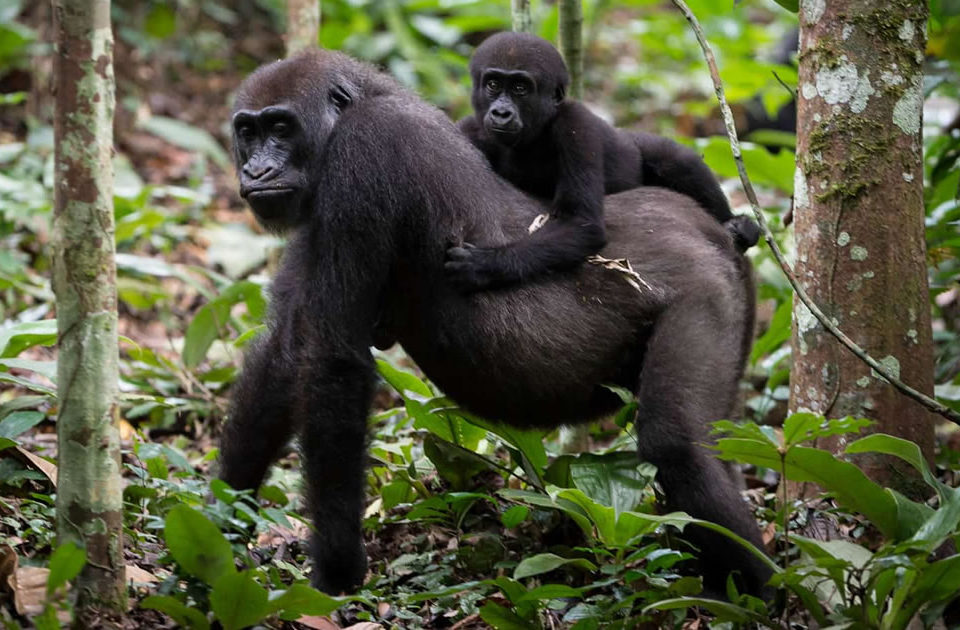Ndere Cultural Center – Must Visit in Kampala
October 18, 2018Mpanga Forest Reserve
October 22, 2018Akanyaru River in Rwanda and Burundi
Akanyaru River serves as Nyabarongo River’s major tributary. It originates from the western highlands of Burundi and Rwanda, runs east and then north on the boundary between the two states prior connecting to the Nyabarongo River in Bugesera-Rwanda making Akagera River that runs towards Lake Victoria in Uganda and the source of the mighty Nile. The lower extension of this river consists of significant though unconserved wetlands that are important for most of the human activities.
The Mugere River features as the main headwater that stands at altitude of about 2450 meters in Burundi. It also consists of sources especially at 2300 meters above sea level in the southern Rwanda and most of the valleys of the higher tributaries feature papyrus that comprise of seasonal swamp forests. The upstream section of the river consists of a catchment area of approximately 2650 square kilometers.
The lower course of Akanyaru River is a belt of permanent wetlands with width of seven kilometers which stops where it reaches the Nyabarongo River. With this 80 kilometer extension, the river drops from altitude 1465 meters to 1400 meters. The swamp belt is fed from the right by Lake Cyohoha north and Lake Cyohoha in the south. The Burundi section of the swamp belt consists of 14600 ha of permanent swamp on a 63 kilometer stretch of the River with the swamp extending up to six kilometers to 10 kilometers up valleys of tributaries.
The climate of Akanyaru River
The upstream section of Akanyaru River basin receives rainfall amount of 1200mm per year and average rainfall in the wetlands is approximately 800mm. Rwanda features two wet seasons, one of which starts from September to Mid December and from March to May.
The faunal and floral species in Akanyaru River
When it comes to biodiversity, Akanyaru River feature among the 7 major Important Bird Areas that Rwanda offers the world. It consists of over 54 bird species most of which include great snipe, Malagasy pond heron, pallid harrier, lesser kestrel, papyrus gonolek, papyrus yellow warbler and others. It also include the Gallinago media, circus macrourus, ardeola idae, Falco naumanni and one of the Guinea Congo forest biome and 3 of the afro tropical highland species.
There are also sitatunga antelopes around this wetland for you to sight while its floral species consist of pistia stratiotes, leersia hexandra also known as southern cutgrass, oryza barthii and along the shoreline, there is a combination of cladium iamaicense, Miscanthidium violaceum, papyrus, typha australis as well as Cyperus latifolius, echinochloa pyramidalis and Cyperus denudatus. The swamp forest close to the river mainly features the Bridelia micrantha, Myrica kandtiana, phoenix reclinata, ficus verruculosa and others. From the further side of the river, you will find acacia polyacantha and Albizia gummifera.
A fact that the wetland is not conserved, locals depend on it mainly for farming and during the dry season, they cut and burn marsh vegetation for fertility. The wetlands and swamps are mostly used for rice growing, maize, sugarcane, sweet potatoes and others. Besides, they also carry out fishing in the River and swamps as well as brick making which has greatly impacted on the habitat.
In conclusion, Akanyaru River is an incredible area which rewards visitors with variety of bird and plant species. However, more attention is required to conserve the wetland from destruction.



